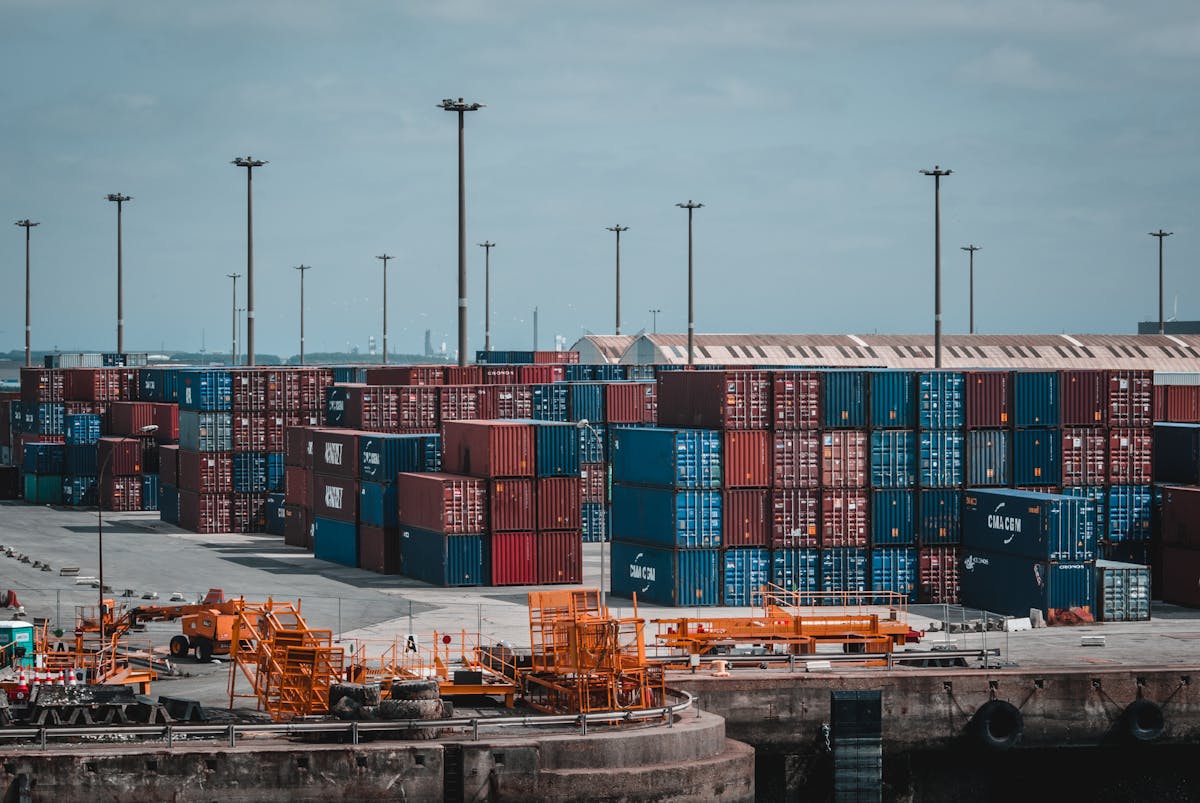Introduction
In recent years, the Trump administration’s aggressive tariff strategy spurred intense debate. While supporters claimed that these tariffs would protect American industries and rebalance trade, critics warned of broader economic disruptions.
The Rationale Behind the Tariffs
The administration introduced tariffs aiming to:
- Protect Domestic Industries: By raising the cost of imports, the policy intended to boost American manufacturing.
- Address Trade Imbalances: Tariffs were used as leverage against countries, particularly China, to negotiate more favorable trade terms.
- Enhance National Security: Some tariffs were justified as measures to secure vital industries essential for defense.
Economic Repercussions on U.S. Industries
Despite the intended benefits, the tariffs have led to several negative side effects:
- Supply Chain Disruptions: U.S. manufacturers faced delays and increased costs as global supply chains were thrown off balance.
- Higher Production Costs: With tariffs raising the cost of imported components, many companies saw thinner profit margins and increased consumer prices.
- Retaliatory Tariffs: Other nations responded by imposing tariffs on American exports, which further strained domestic industries.
Broader Impacts on the U.S. Economy
The economic fallout extends beyond industry-specific challenges:
- Slower Economic Growth: Increased costs and disrupted trade flows contributed to a slowdown in economic expansion.
- Consumer Price Inflation: Higher import costs led to rising prices, impacting consumer purchasing power, especially among middle- and lower-income households.
- Diminished Business Confidence: The uncertainty surrounding trade policies caused many companies to delay investments and expansion plans.
The Stock Market Reaction
Investor sentiment plays a crucial role in market performance. The imposition of tariffs has led to:
- Market Volatility: Uncertainty about the evolving trade policies has caused significant fluctuations in stock prices.
- Erosion of Shareholder Value: Sectors heavily reliant on global trade have seen declining stock values as profit margins are squeezed.
- Capital Flight: Concerned investors have shifted funds to safer assets, exacerbating the downturn in equities.
Conclusion
While the tariffs were designed to protect U.S. industries and address trade imbalances, their broader economic impact has been mixed. Increased production costs, supply chain disruptions, and retaliatory measures from trade partners have undermined business confidence and slowed economic growth. The ensuing uncertainty has also contributed to a volatile stock market, where investor caution has led to capital flight and declining share values.
As debates over trade policy continue, the long-term consequences of these tariffs remain a cautionary tale of how protectionist measures can sometimes yield unintended economic challenges.
